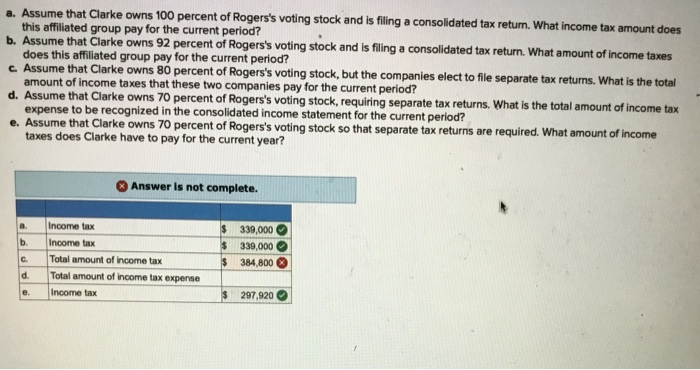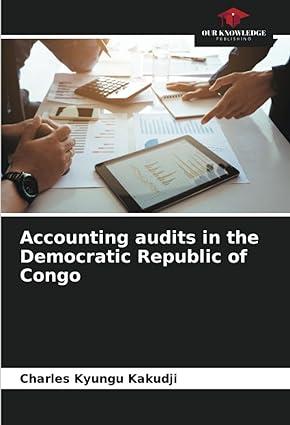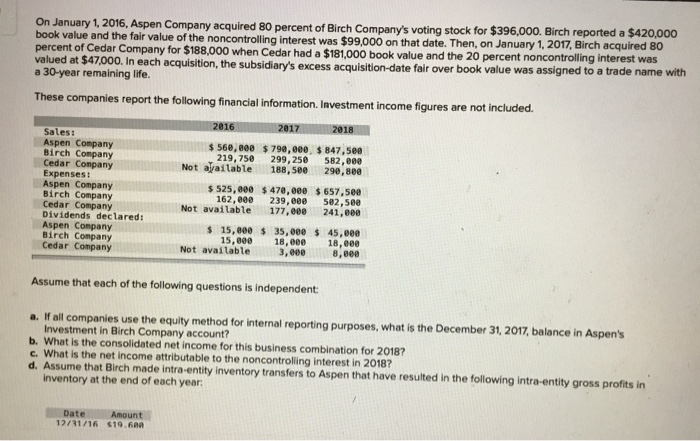
7/3
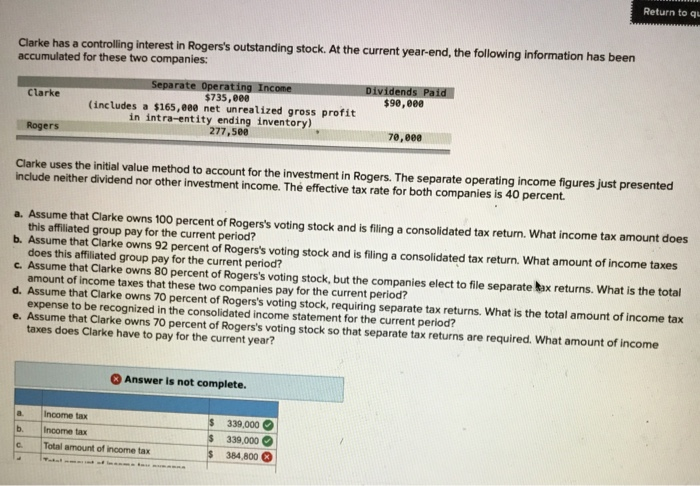
7/1
On January 1, 2016, Aspen Company acquired 80 percent of Birch Company's voting stock for $396,000. Birch reported a $420,000 book value and the fair value of the noncontrolling interest was $99,000 on that date. Then, on January 1, 2017, Birch acquired 80 percent of Cedar Company for $188,000 when Cedar had a $181,000 book value and the 20 percent noncontrolling interest was valued at $47,000. In each acquisition, the subsidiary's excess acquisition-date fair over book value was assigned to a trade name with a 30-year remaining life. These companies report the following financial information. Investment income figures are not included 2016 2017 2018 Sales: Aspen Company Birch Company Cedar Company Expenses: Aspen Company Birch Company Cedar Company Dividends declared: Aspen Company Birch Company Cedar Company $ 560,000 $790,000 $ 847,5ea 219, 750 299,250 582,00 Not available 188,500 290,80 $ 525,800 $ 470,000 $ 657,500 162,000 239,000 502,500 Not available 177,000 241,000 $ 15,000 $ 35,000 $ 45,000 15,000 18,000 18, eee Not available 3,000 8,000 Assume that each of the following questions is independent a. If all companies use the equity method for Internal reporting purposes, what is the December 31, 2017, balance in Aspen's Investment in Birch Company account? b. What is the consolidated net income for this business combination for 2018? c. What is the net income attributable to the noncontrolling interest in 2018? d. Assume that Birch made intra-entity inventory transfers to Aspen that have resulted in the following intra-entity gross profits in Inventory at the end of each year: Date Amount 12/31/16 $19.6A Return to Date Amount 12/31/16 $19,600 12/31/17 19,400 12/31/18 29,400 What is the accrual-based net income of Birch in 2017 and 2018, respectively? Answer is not complete. Complete this question by entering your answers in the tabs below. Reg A to C Reg D a. If all companies use the equity method for internal reporting purposes, what is the December 31, 2017, balance in Aspen's Investment in Birch Company account? b. What is the consolidated net income for this business combination for 2018? c. What is the net income attributable to the noncontrolling interest in 2018? Show less b Investment in Birch Consolidated net income Noncontrolling interests' share of the consolidated net income C $ 177,439 $ 1,950,500 $ 3,480,600 Return to qu Date Amount 12/31/16 $19,600 12/31/17 19,400 12/31/18 29,400 What is the accrual-based net income of Birch in 2017 and 2018, respectively? Answer is not complete. Complete this question by entering your answers in the tabs below. Reg A to C Reg D Assume that Birch made intra-entity Inventory transfers to Aspen that have resulted in the following intra-entity gross profits in inventory at the end of each year: Date Amount 12/31/16 12/31/17 12/31/18 $19,600 19,400 29,400 What is the accrual-based net income of Birch in 2017 and 2018, respectively? Show less 2017 2018 231,470 Realized income $ Return toqu Clarke has a controlling interest in Rogers's outstanding stock. At the current year-end, the following information has been accumulated for these two companies: Clarke Separate Operating Income $735, eee (includes a $165,000 net unrealized gross profit in intra-entity ending inventory) 277,500 Dividends Paid $90,000 Rogers 70,000 Clarke uses the initial value method to account for the investment in Rogers. The separate operating income figures just presented include neither dividend nor other investment income. The effective tax rate for both companies is 40 percent. a. Assume that Clarke owns 100 percent of Rogers's voting stock and is filing a consolidated tax return. What income tax amount does this affiliated group pay for the current period? b. Assume that Clarke owns 92 percent of Rogers's voting stock and is filing a consolidated tax return. What amount of income taxes does this affiliated group pay for the current period? c. Assume that Clarke owns 80 percent of Rogers's voting stock, but the companies elect to file separate tax returns. What is the total amount of income taxes that these two companies pay for the current period? d. Assume that Clarke owns 70 percent of Rogers's voting stock, requiring separate tax returns. What is the total amount of income tax expense to be recognized in the consolidated income statement for the current period? e. Assume that Clarke owns 70 percent of Rogers's voting stock so that separate tax returns are required. What amount of income taxes does Clarke have to pay for the current year? Answer is not complete. b Income tax Income tax Total amount of income tax $ 339,000 339,000 384.800 C $ a. Assume that Clarke owns 100 percent of Rogers's voting stock and is filing a consolidated tax return. What income tax amount does this affiliated group pay for the current period? b. Assume that Clarke owns 92 percent of Rogers's voting stock and is filing a consolidated tax return. What amount of income taxes does this affiliated group pay for the current period? c. Assume that Clarke owns 80 percent of Rogers's voting stock, but the companies elect to file separate tax returns. What is the total amount of income taxes that these two companies pay for the current period? d. Assume that Clarke owns 70 percent of Rogers's voting stock, requiring separate tax returns. What is the total amount of income tax expense to be recognized in the consolidated income statement for the current period? e. Assume that Clarke owns 70 percent of Rogers's voting stock so that separate tax returns are required. What amount of income taxes does Clarke have to pay for the current year? Answer is not complete. b. Income tax Income tax Total amount of income tax Total amount of income tax expense Income tax $ 339,000 $ 339,000 $ 384,800 c. d. e. $ 297,920
 7/3
7/3
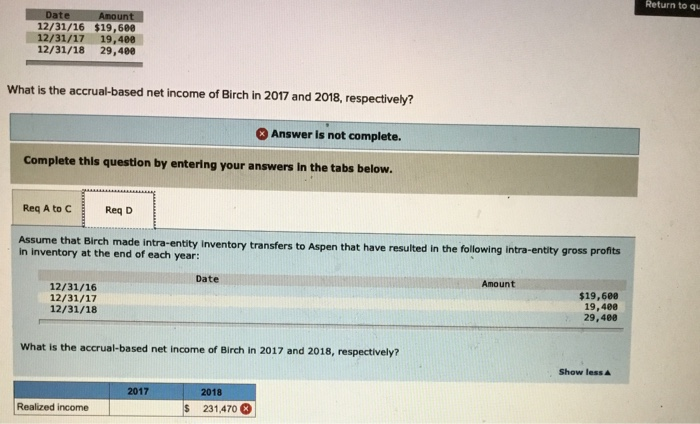
 7/1
7/1